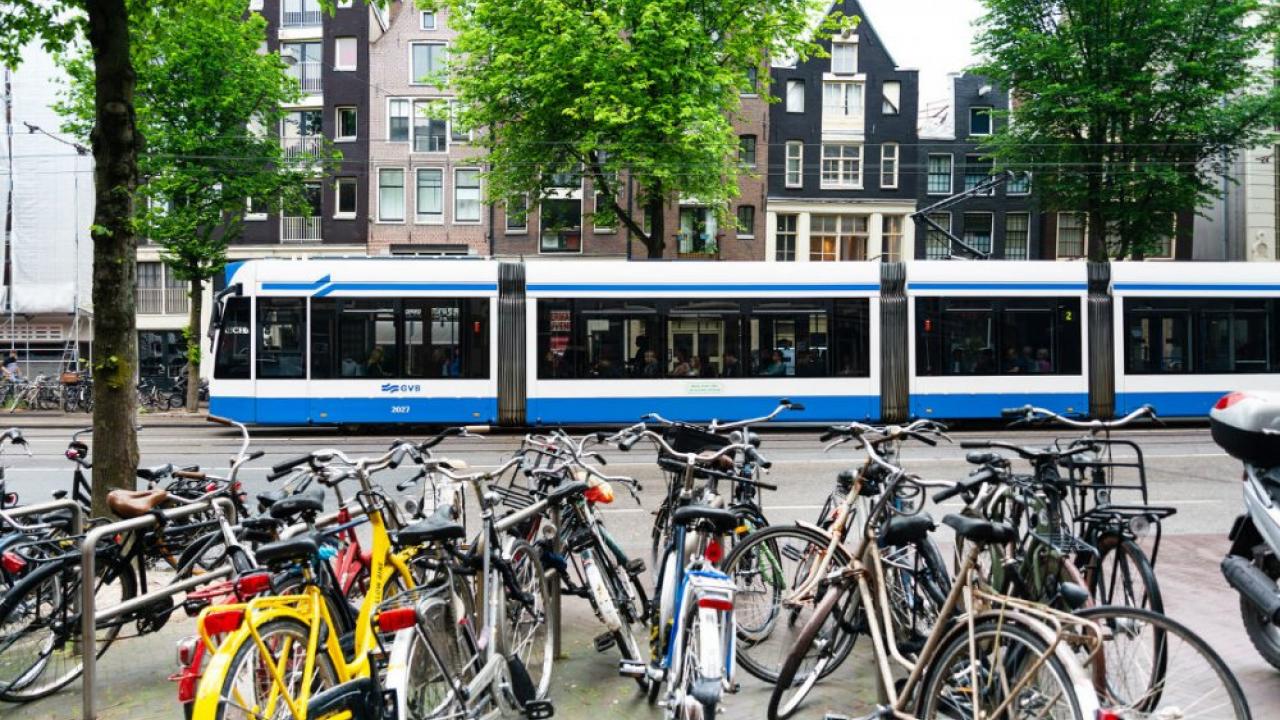Wednesday, August 5, 2020
GVB rolls out metro simulators
Where can you go for world-famous art galleries, vibrant night life, important historical monuments and unique architecture? Amsterdam, of course.
For some, Amsterdam is synonymous with Van Gogh, Anne Frank, its parks, flowers and canals, its history and everything that these things stand for, together with its hundreds of tall narrow facades crowned with unique triangular gables. Others are struck by the blend of colours, attire, music, languages and gastronomy that coexist in harmony.
However, there’s one thing that everyone connects with the city, and that’s the amazing combination of urban transport options. In addition to the thousands of bikes that ride through and brighten up the city on a daily basis, it also supports more than a million public transport journeys daily. This is quite something, given the population of Amsterdam is just 750,000, and most people own at least one bike.
The king of transport in Amsterdam is of course the tram, with a network covering almost the entire city. If you decide to explore Amsterdam in depth, you’ll be fascinated by how the different public transport systems connect all points in the city, whether in the centre or the outskirts, via different modes of transport that mesh the urban network and make it totally accessible by means of a single pass.
One such system is the metro, a mode of transport typically associated with big cities like Amsterdam and Rotterdam. The five lines seem to serve locals journeying to the suburbs rather than tourists. That said, there are several stops which are popular with sightseers heading for Bijlmer ArenA Station and the stadium of the local football team, Ajax.
The local transport operator GVB is tasked with providing the best service daily to both locals and tourists alike who believe in the benefits of a multi-modal transport system which is accessible, safe and runs on time. In May 2018, GVB announced the incorporation of driving simulators for tram driver training. The tram project has now been running at peak performance for months, and given its outcome, and the many benefits of the simulator, GVB has decided to extend the use of simulators to their other operations. Hence, the metro department is set to develop a set of simulators for its drivers, in collaboration with LANDER.
Without a doubt, this is testament to GVB's commitment to safety and training, despite the uncertainty and crisis situation caused by the pandemic. This new order is also a huge step forward in the partnership between GVB and LANDER that continues to grow stronger.

